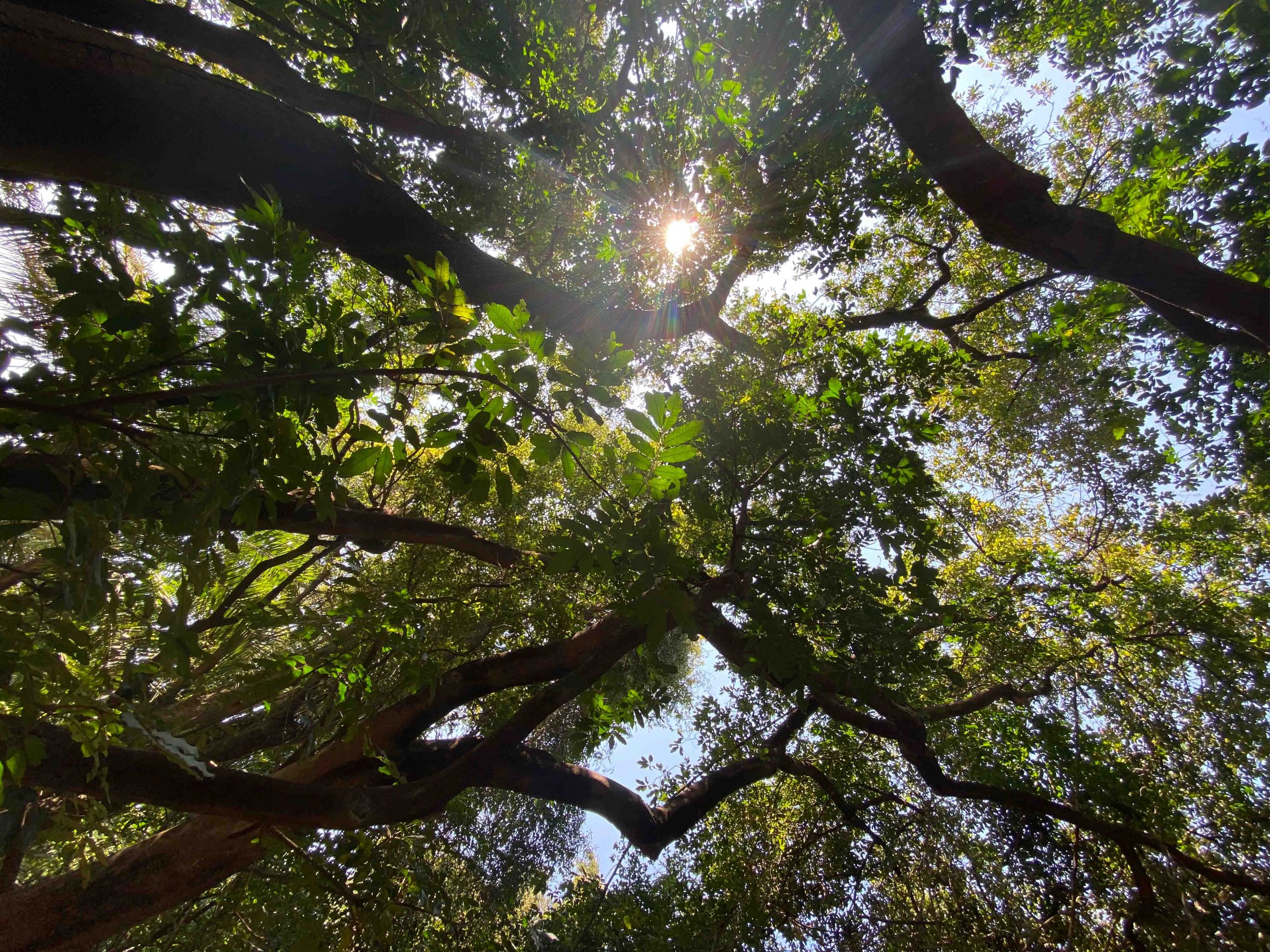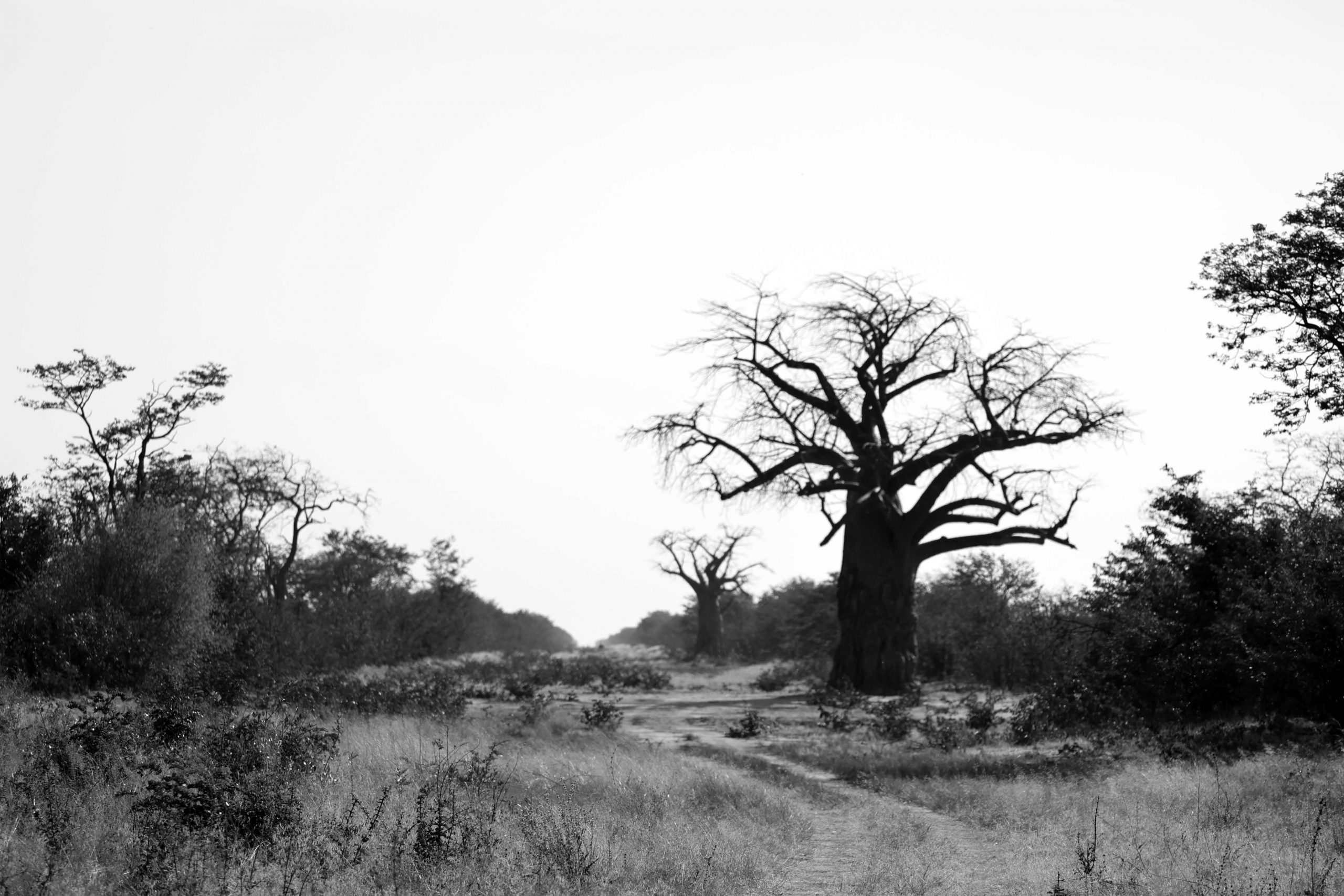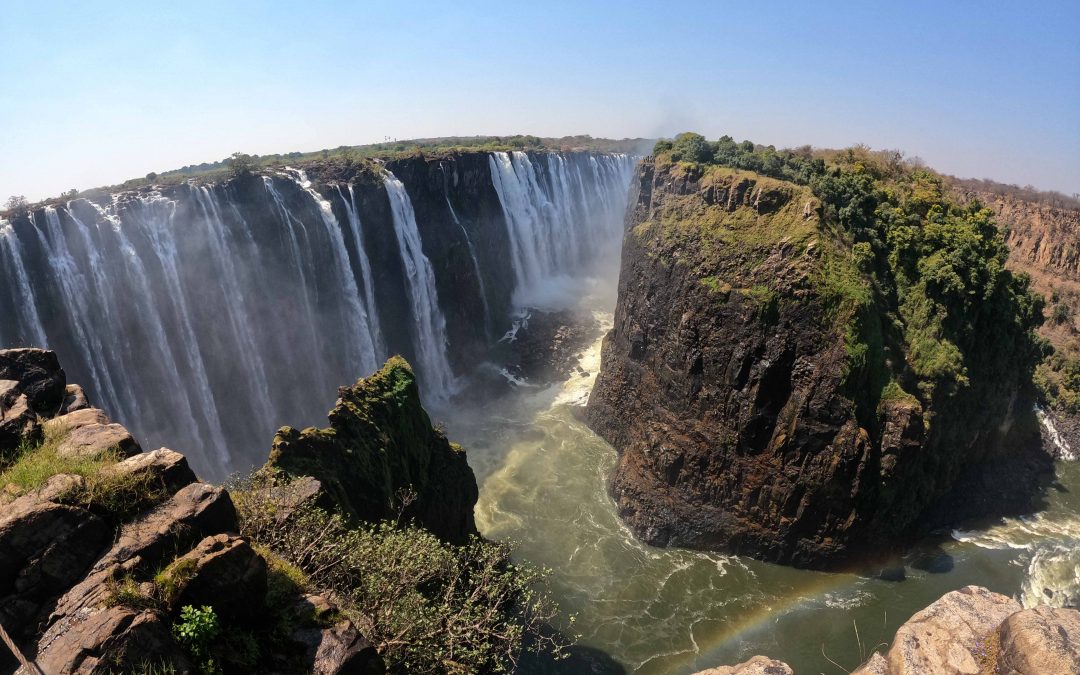For some reason, when the infamous H.M. Stanley uttered the words ‘Dr Livingstone, I presume?’ upon finding the famed explorer and missionary in Ujiji after an epic 8-month search through central Africa, he immortalised the now-famous line. Except that Mr Stanley most likely never said it at all. History has shown that hunters, explorers and adventurers of old sometimes added more than a little flair to their tales and journals. In fact, they might have been on the border of being rather shady characters, like the ivory hunter Bvekenya Barnard who helped give Crook’s Corner its name in the Pafuri area of South Africa. Or Burton and Speke with their public post-expedition fallout about who really found the source of the Nile. Despite this, there is no denying that all these rugged men lived extraordinary lives in Africa and saw incredible things during times that will never be again.
One of the more well-known big game hunters, explorers and authors was F.C. Selous. His fame did not necessarily relate to his hunting prowess, but rather to the fact that he published his remarkable writings widely at a time when few hunters in Southern Africa did so. In fact, he learnt the trade from much more legendary hunters such as Jan Viljoen who sadly did not commit much of their adventures to paper. Selous hunted during the late 1800s in Southern Africa and the Congo basin and in one of his books he vividly describes his adventures and route up from South Africa to Victoria Falls and the Chobe River.
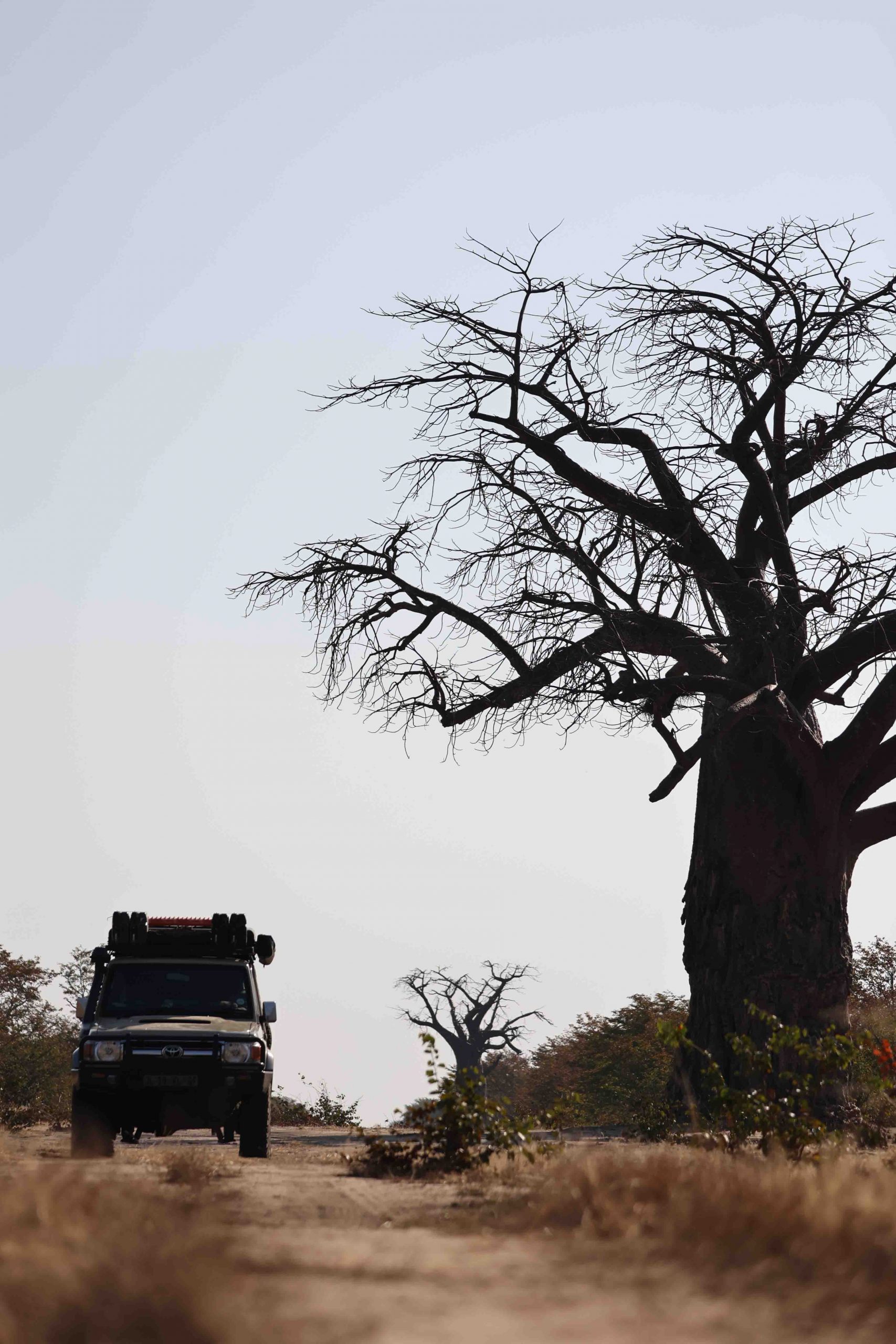
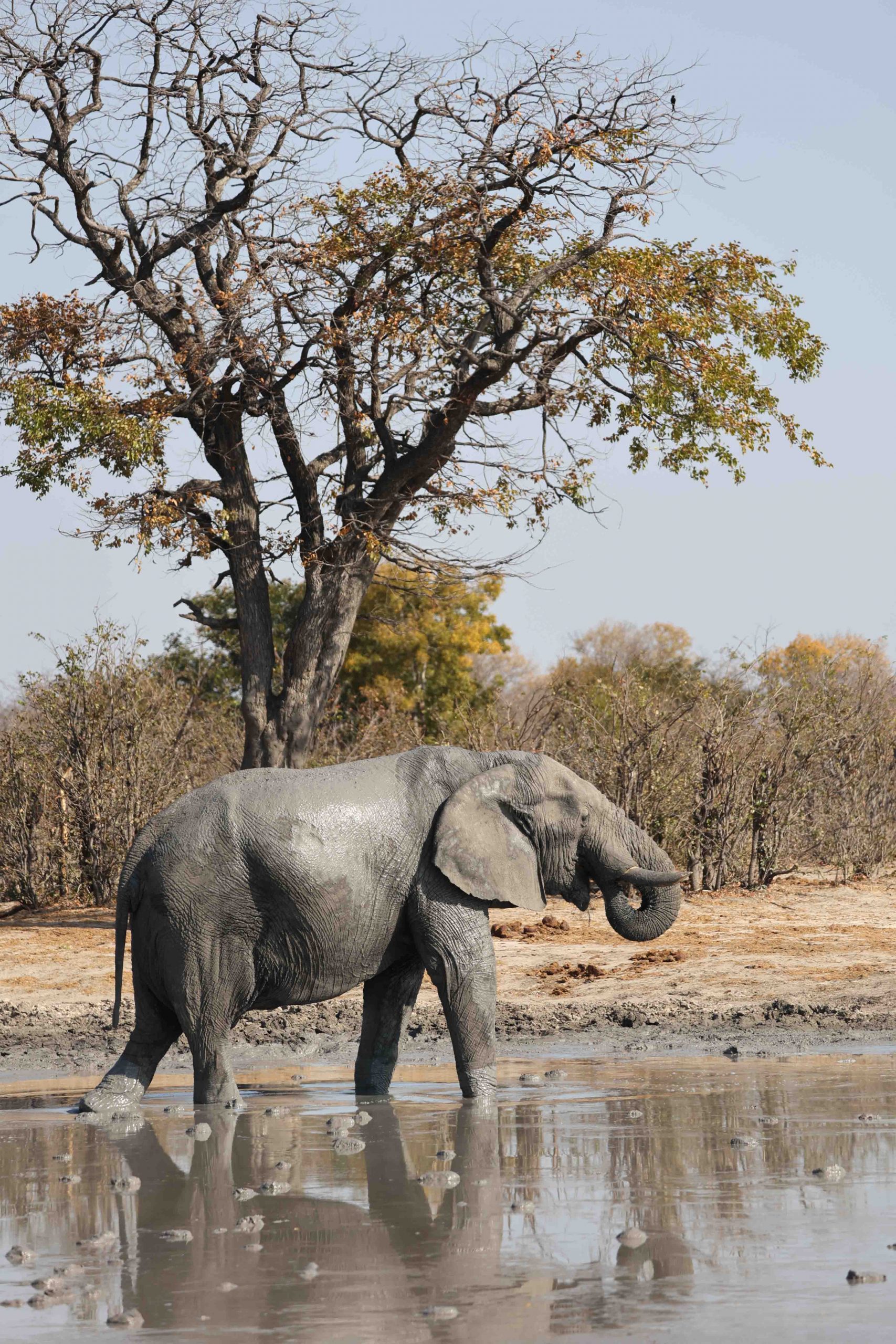
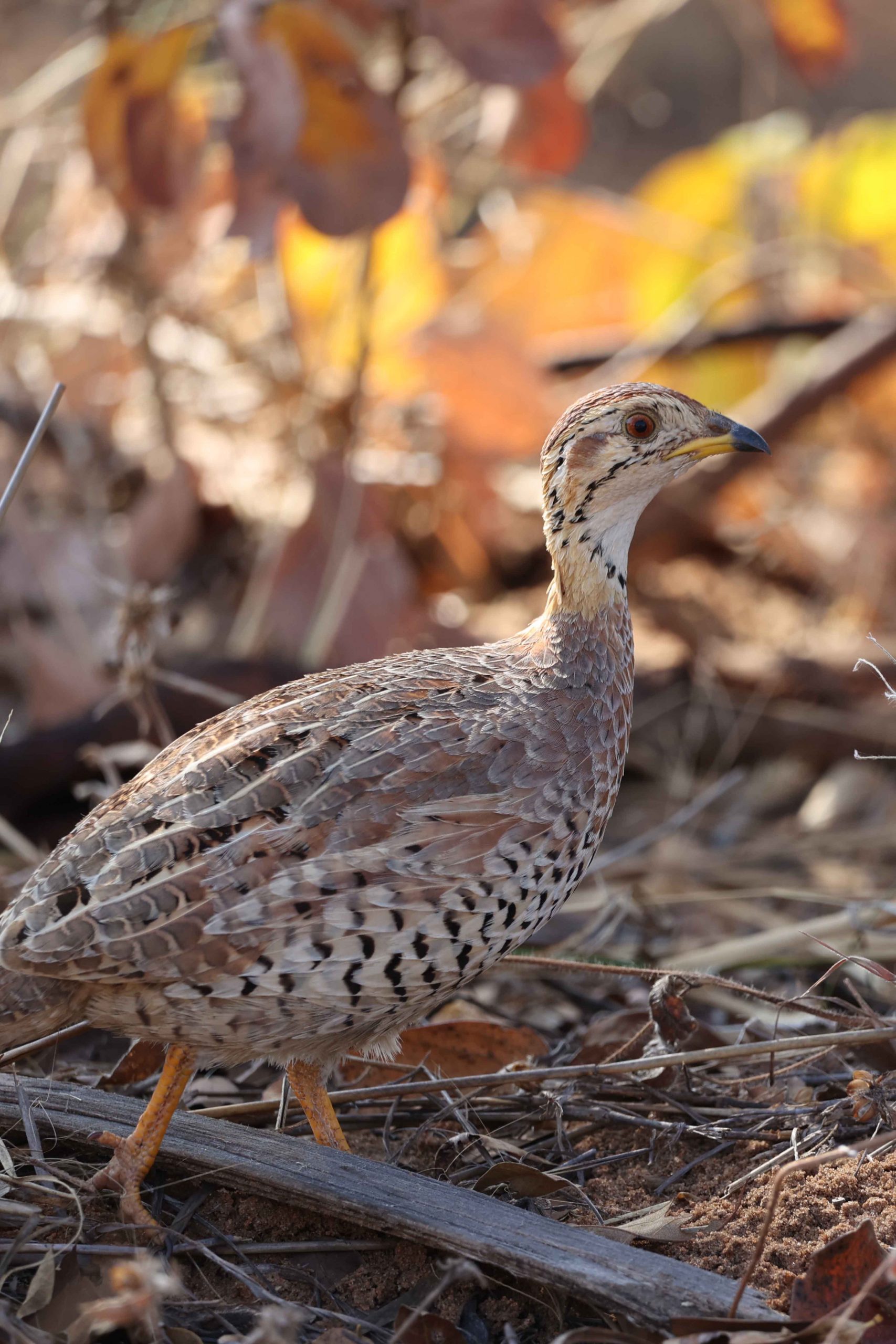
When we ventured North towards the Falls about 150 years later, it was not to find riches in ivory, but definitely to seek adventure – much like Selous. It thus made sense to look for the trail he and others like him most likely followed, as Botswana’s Northeast corner is an area of true wilderness. Enter the hunters road – whispered about in hushed tones around overlanding campfires and even marked Enter at Own Risk on the Tracks4Africa maps. This off-the-radar public road runs all along the Zimbabwean border from Nata to Kazungula for about 300 km. It follows the old trading route that ivory hunters would have used, and runs through wild country on both sides. Hwange National Park borders most of the one side, and various forest reserves and unfenced wilderness the other.
We drove this infamous road from South to North and quickly found adventure in the lowermost sections. The term is used loosely here, and can be translated as losing our way, taking a very disused patrol track we probably shouldn’t have, clearing the road of multiple overturned elephant trees, scratching Baloo properly with overgrown Mopanis, removing grasses and seeds from the radiator, and encountering a bachelor herd of elephant bulls that very likely don’t see humans often. And that was just the first hour or two.
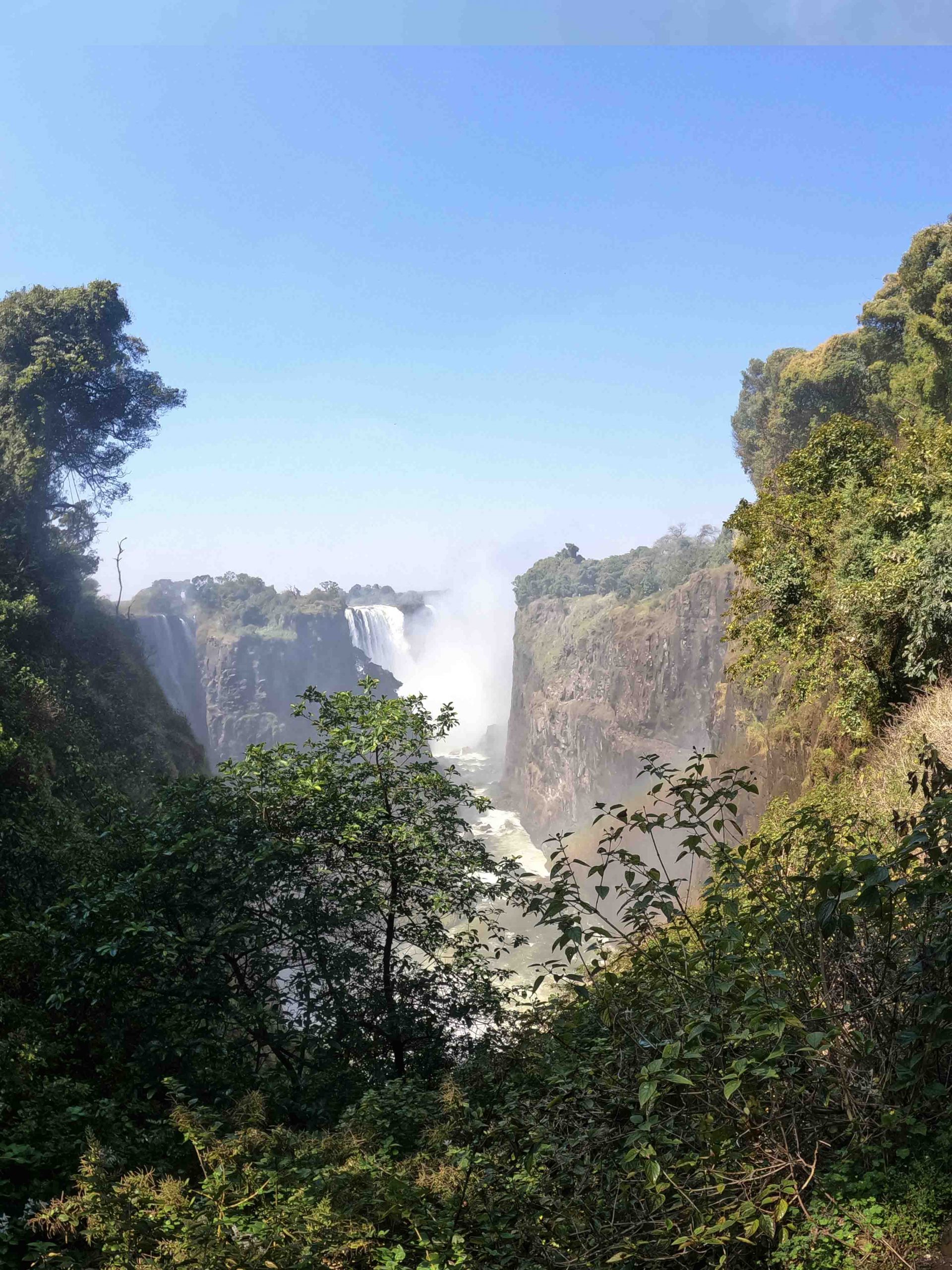
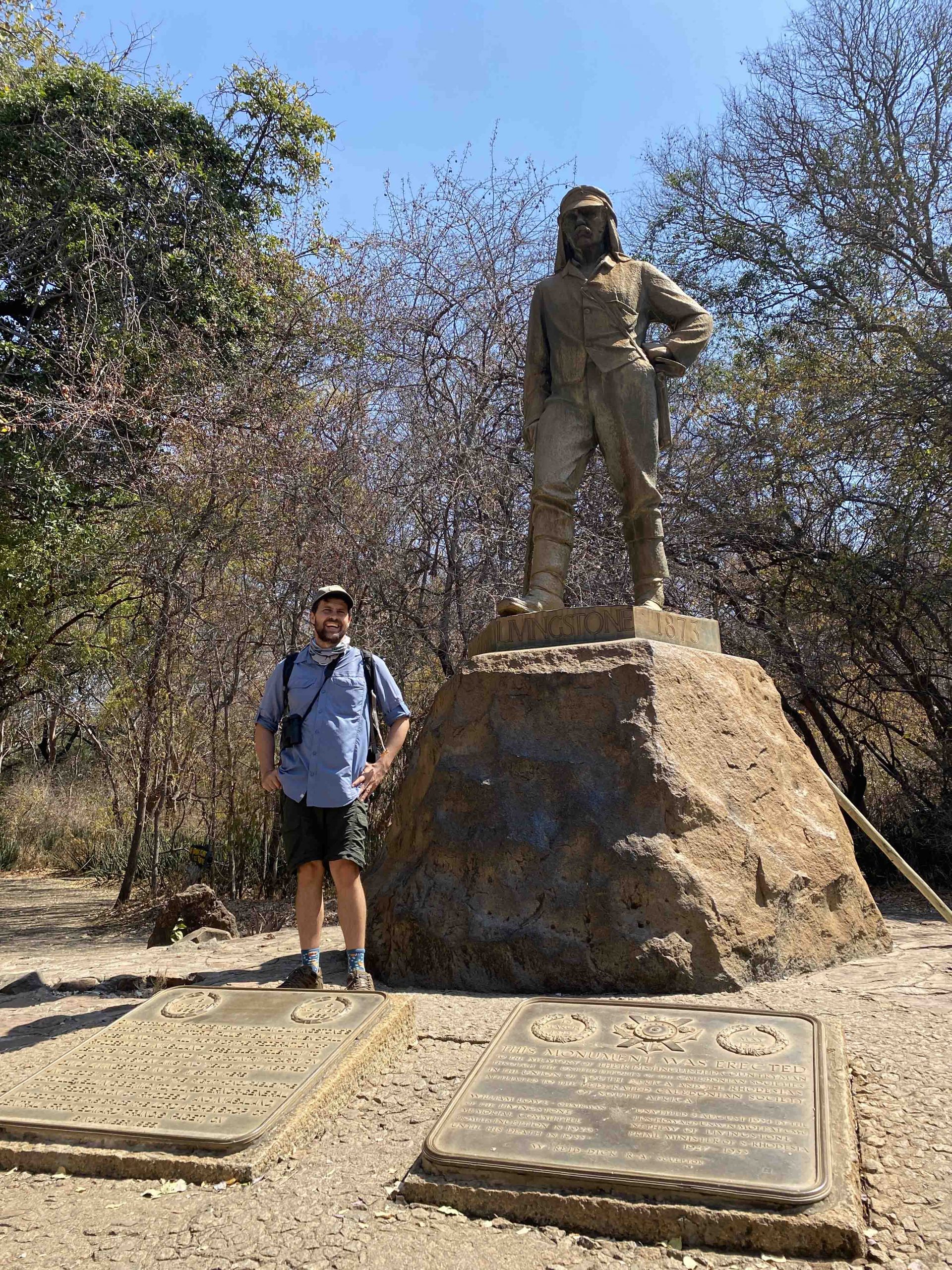

The serious bundu bashing sections thankfully passed, and from there the route mostly followed the border through a variety of stunning landscapes. Mopani forest gave way to Baobab-studded bushveld, countless Rhodesian teaks and grassy marshlands with dry black cotton soil. These areas were tough enough on the suspension when dry, and surely renders this road impassable in the wet season. Wildlife wonders abounded – we saw plains game, herds of waterhole elephants and even sable. Birding highlights included ground hornbills, a shikra, Meyer’s parrots and various shrikes and rollers.
For the record, since some folks seem to make up their own rules, no – you may not wild camp on this road. Apart from the patrolling parks board vehicle that made sure we understood this, we did not encounter another human all day long. If you get stuck out here without proper preparation, you will be in a real pickle. It is one of those rare places that give you a very profound sense of lonely wilderness, and it was easy to pretend we were making our way instead in our ox wagon with Mr Selous two centuries ago – the road condition surely needed no imagination. Iron cooking pots dangling beneath the wagon (or an Engel fridge). Crates of salt, rice, and ammunition loaded on the back (or some Jerry cans of Diesel). Cloth and beads for trading packed away inside (or a credit card).
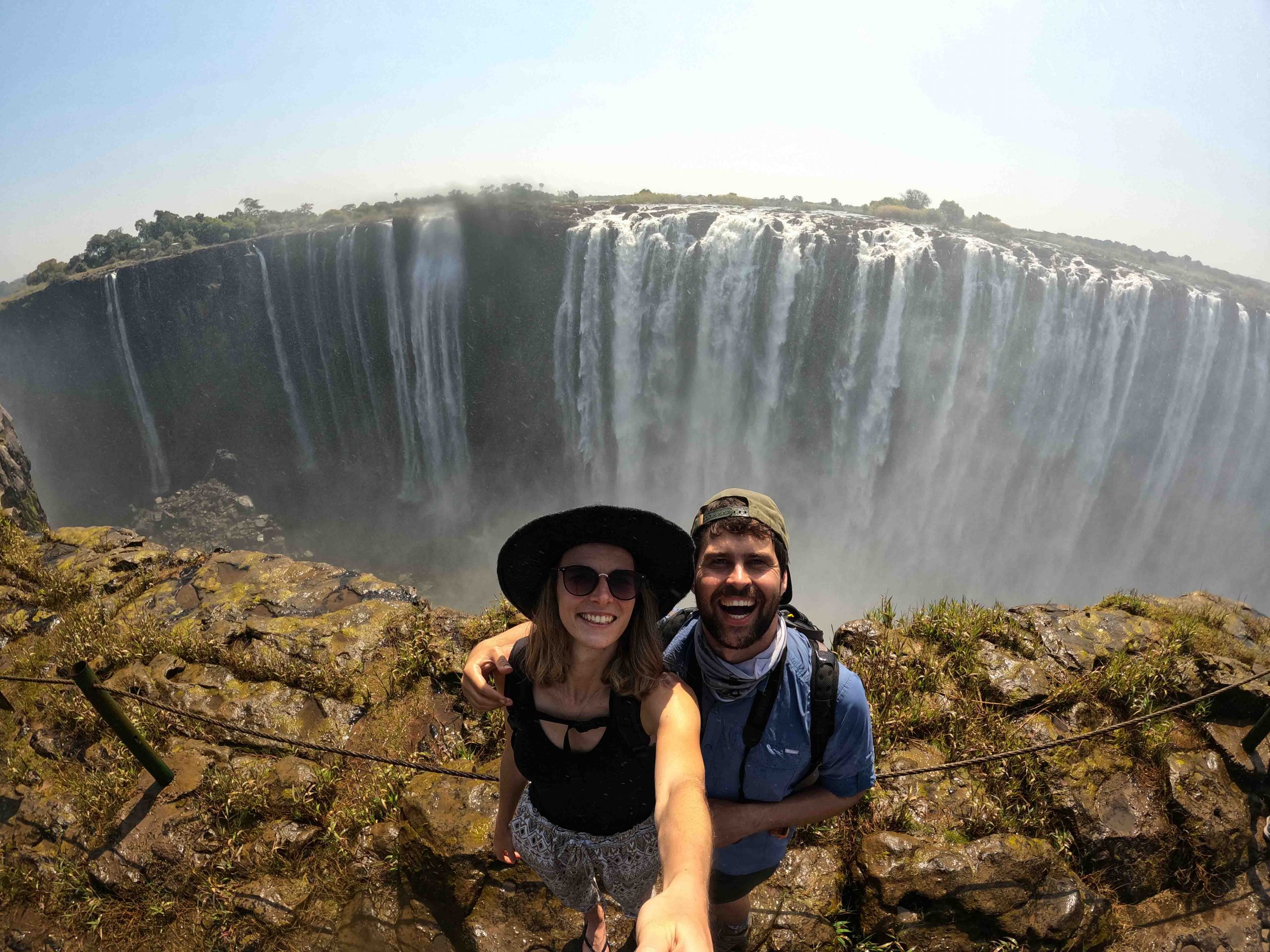
We arrived at Victoria Falls almost disappointed that the road and our game of make-believe was over. However, nothing can describe seeing Africa’s share of the seven natural world wonders for the first time. A spectacle in every sense of the word – from its immense scale and depth, to the rainy mist and the tropical smells of the forest surrounding this lush wonderland. Having breakfast at the Lookout Café must surely qualify as the grandest view for a coffee in the world, and a cold beer on the Vic Falls Hotel veranda speculating about the cost of the high tea is priceless. Our day spent here seriously whetted our appetite to return to Zimbabwe for much longer.
We drove into our campsite on the banks of the Chobe with the sun setting over the glistening water and I wondered whether perhaps you really needed to live centuries ago to experience extraordinary things in Africa. As I parked the Cruiser, I noticed there was a newcomer in the camp tonight. Faced away from us, an old man sat alone by his fire, smoking his worn-out pipe while gazing into the embers with the memory of a thousand adventures in his eyes and the peace of Africa in his heart. I quietly walked over to him and asked, ‘Mr Selous, I presume?’
